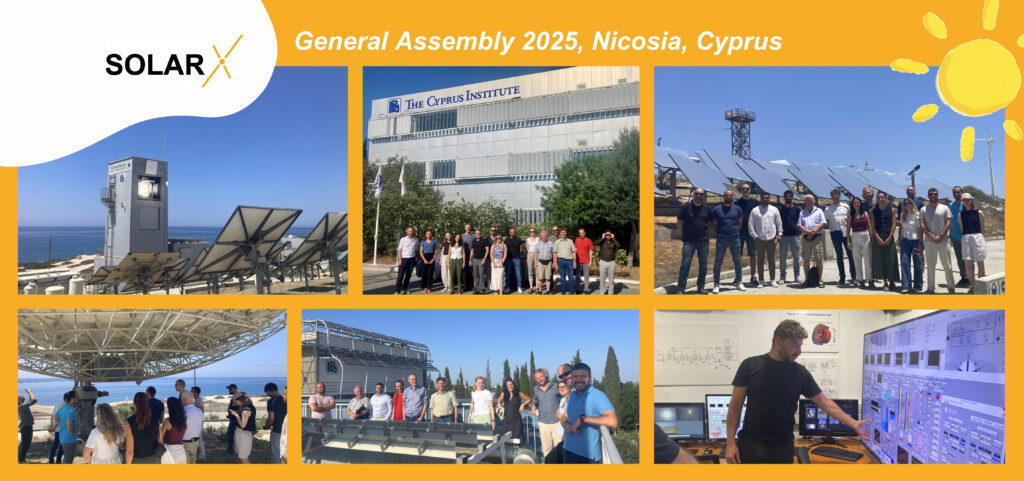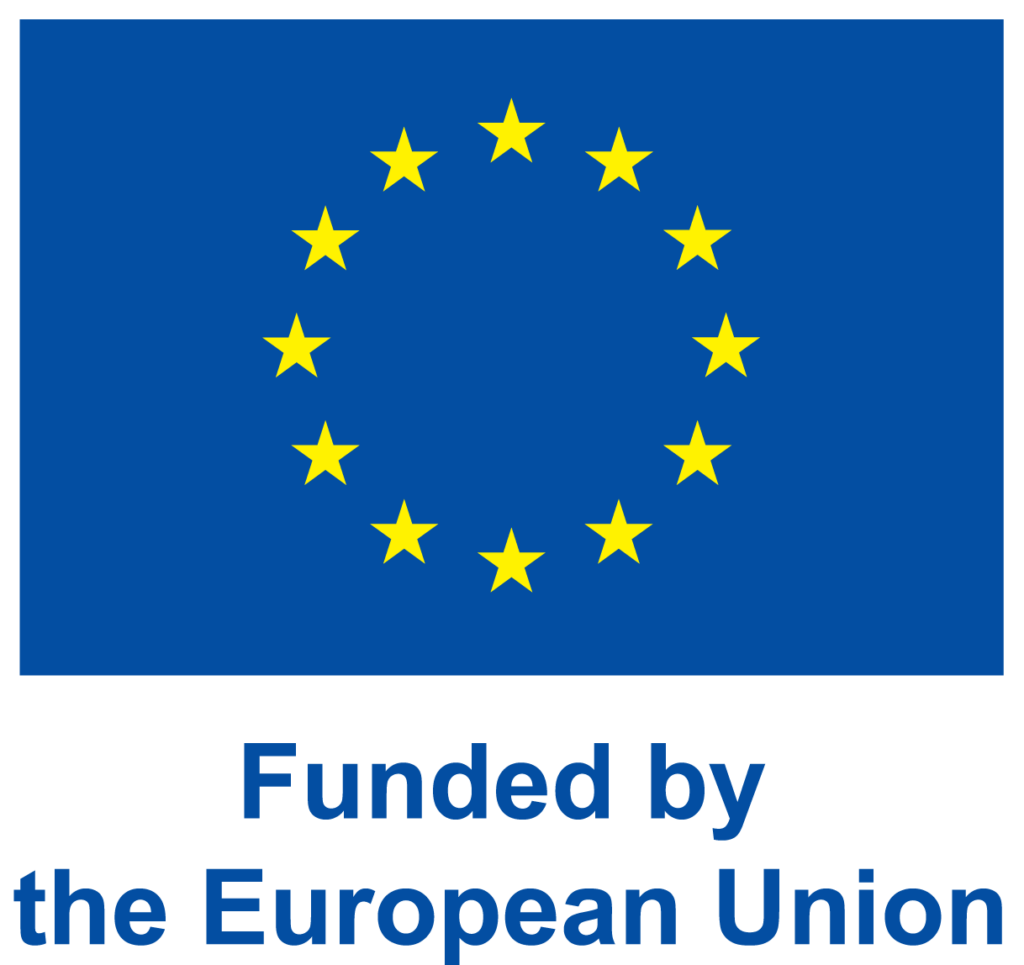The SOLARX project consortium convened in Nicosia, Cyprus, from 17–19 June 2025 for its General Assembly, hosted by The Cyprus Institute (CYI). With the project approaching its conclusion in October 2025, this pivotal meeting brought together 16 partners on site and 7 more online to reflect on progress and align on final actions.
The three-day assembly opened with welcoming remarks and a project coordination overview from UDL and accelopment (accelCH), highlighting management progress under WP7. Updates on communication, dissemination, and exploitation activities were presented by accelCH, followed by the innovation management by ACCIONA. The day concluded with a tour of CYI’s cutting-edge research facilities in Nicosia.
The second day focused on in-depth technical sessions. Partners reported on:
- Solar resource management strategies (Fraunhofer ISE, WP1)
- High-efficiency CPV receiver implementation (UDL, WP2)
- Green hydrogen generation and carbon capture/utilisation systems (CNRS, ACCIONA, WP3)
- System integration and commercialisation pathways (EMD, ACCIONA, WP4)
- Techno-economic, environmental and social assessments (DTU, WP5)
- Pilot demonstration of the airborne LCC monitoring system (CYI, WP8)
Day two concluded with a collaborative session on SOLARX’s integrated models and next steps toward project wrap-up.
The final day included a visit to the PROTEAS Research Facility, where participants observed a live demonstration of the heliostat field and discussed the practical applications of SOLARX innovations on site.
As SOLARX enters its final months, the consortium is gearing up to deliver on its ambitious goal: to demonstrate the technical, economic, and social viability of producing electricity, heat, and green hydrogen from solar energy within a single, integrated facility. The project’s approach leverages three core high-concentration solar technologies and AI-based smart solar resource management, capable of optimising energy generation in response to real-time local demand and market signals.
Three Key Technological Elements are being finalised:
- A smart solar resource management algorithm to match instantaneous local energy demands,
- A high-efficiency CPV receiver,
- A carbon-negative bi-energy H2 receiver.
Together, these innovations enable the direct or stored production of electricity, heat for storage and/or solar heat for industrial processes (SHIP), and green hydrogen or syngas, in a carbon-neutral and market-responsive way. By tailoring solutions for a wide range of locations and application scenarios, SOLARX aims to position itself as a lighthouse project in the transition to integrated, flexible and sustainable solar energy systems.

